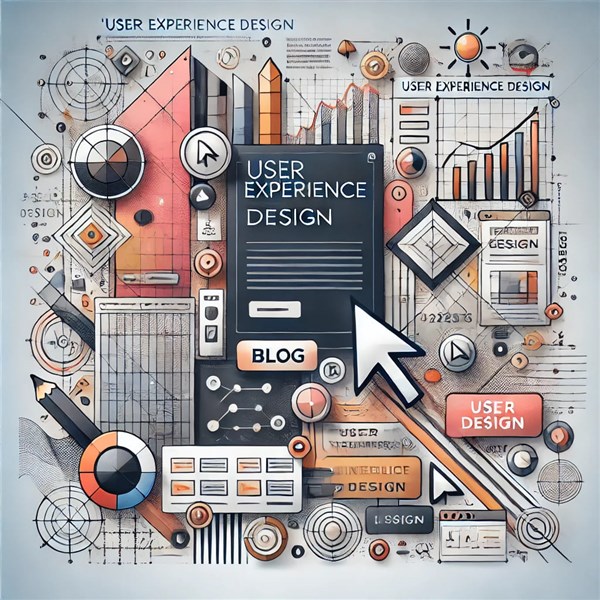We're open through the holidays to support your upskilling goals — book your session today!
We're open through the holidays to support your upskilling goals — book your session today!
Unable to find what you're searching for?
We're here to help you find it
User Experience (UX) design is at the heart of creating products that are not only functional but also enjoyable to use. Whether you’re designing a website, an app, or a complex enterprise system, effective User Experience Design ensures that users can navigate your product seamlessly while achieving their goals.
In this blog, we’ll dive into the top 10 best practices for effective user experience design, offering actionable insights to help you craft experiences that resonate with users and drive success.
Great UX design starts with a deep understanding of your target audience. Conduct thorough user research to identify their needs, behaviors, and pain points.
Key Steps:
By putting yourself in the users’ shoes, you can design solutions that address their specific challenges and expectations.
User-Centered Design (UCD) prioritizes users at every stage of the design process. It ensures that decisions are based on user needs rather than assumptions.
How to Implement:
This iterative approach ensures your design evolves in alignment with user expectations.
A cluttered interface confuses users, while a clean and simple design helps them navigate effortlessly.
Best Practices:
Simplicity doesn’t mean sacrificing functionality—it means making complex tasks easier for users.
With mobile devices accounting for the majority of internet usage, adopting a mobile-first design strategy is essential.
Tips for Mobile-First Design:
A responsive design approach ensures your product works seamlessly across all devices.
Inclusive design ensures that your product is usable by as many people as possible, including those with disabilities.
Accessibility Guidelines:
Accessible design not only broadens your audience but also improves usability for everyone.
Consistency creates a sense of trust and familiarity, making users feel more comfortable navigating your product.
Key Considerations:
When users encounter a familiar interface, they can focus on tasks rather than learning how to use the product.
Visual hierarchy guides users through your interface by emphasizing key elements.
Techniques to Enhance Visual Hierarchy:
An effective hierarchy helps users understand what actions to take next.
Slow load times and laggy interfaces frustrate users, often leading to abandonment.
Performance Optimization Tips:
A fast, responsive interface ensures that users stay engaged and satisfied.
Testing is a critical part of the UX design process. It helps identify issues before they become costly problems.
Testing Methods:
Frequent testing ensures that your design meets user needs effectively.
UX design doesn’t end after launch. Continuous improvement is essential to keep up with changing user expectations.
Metrics to Track:
Use these insights to refine your design and enhance the user experience over time.
Conclusion
Effective user experience design is a dynamic process that combines creativity, empathy, and data-driven decision-making. By following these 10 best practices, you can create products that are intuitive, engaging, and accessible.
Remember, UX design is not just about making things look good—it’s about solving problems and delivering value to your users. Whether you’re a seasoned designer or just starting, these principles will help you craft experiences that leave a lasting impression.
Looking to learn more about User Experience Design? Look no further than Koenig Solutions, a leading IT training company providing certifications in top technology courses including User Experience Design.
Are you ready to elevate your UX design game? Start implementing these best practices today!

Aarav Goel has top education industry knowledge with 4 years of experience. Being a passionate blogger also does blogging on the technology niche.










